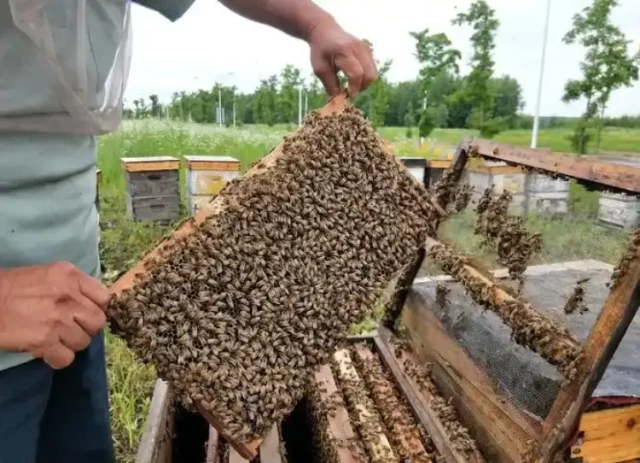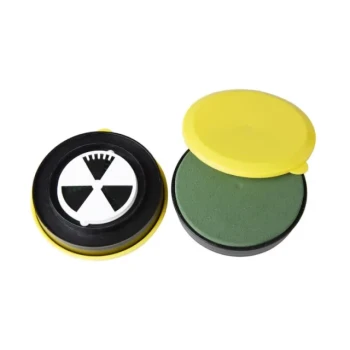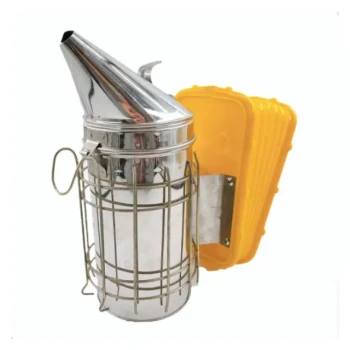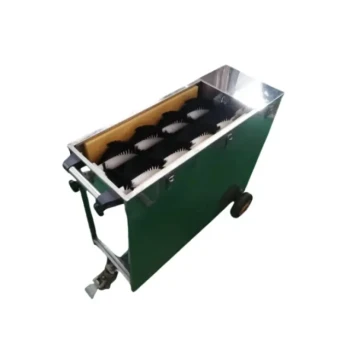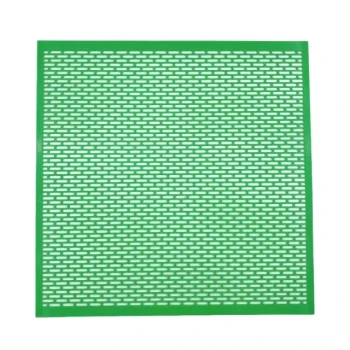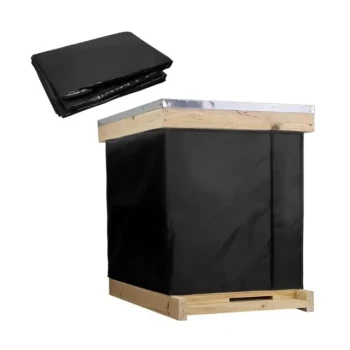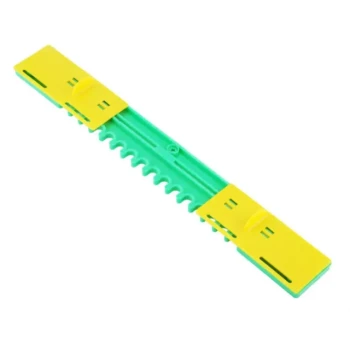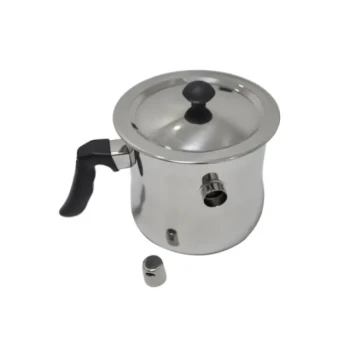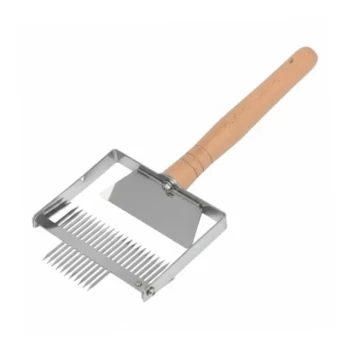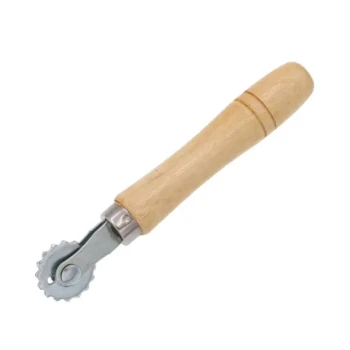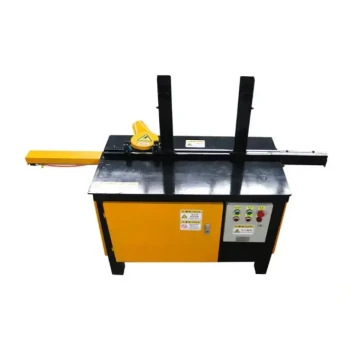Varroa mites pose one of the most persistent threats to honey bee colonies, especially during periods of rapid population expansion. Left unchecked, these parasites weaken bees, transmit viruses, and often lead to catastrophic late-season collapses. This guide provides field-tested strategies to suppress mite reproduction during critical growth phases and prevent autumn infestation spikes—helping beekeepers maintain productive, resilient colonies.
Understanding the Mite-Bee Population Cycle
Seasonal Peaks: Why Mites Thrive During Colony Expansion
Honey bee colonies naturally expand their populations in spring and summer, creating ideal conditions for Varroa mites to multiply. Here’s why:
- Synchronized Reproduction: Mites reproduce inside sealed brood cells. More brood (especially drone brood, which has a longer development cycle) means more mite offspring.
- Reduced Bee-to-Mite Ratio: As worker bee numbers surge, mites spread across more hosts, temporarily lowering detectable infestation rates—a false signal that delays treatment.
- Viral Transmission: Mites act as vectors for deformed wing virus (DWV) and other pathogens. Higher mite loads in summer correlate with autumn colony failures.
Key Insight: Monitoring only adult bee mite counts during peak growth can underestimate true infestation levels by over 50%.
The Fall Infestation Trap: Risks of Delayed Intervention
Many beekeepers observe "sudden" mite surges in late summer, but these result from unchecked spring/summer reproduction. Critical risks include:
- Collapsing Winter Bees: Autumn bees reared under high mite stress have shorter lifespans, leaving colonies unable to survive winter.
- Treatment Limitations: Cooler temperatures reduce the efficacy of some miticides (e.g., formic acid evaporates poorly below 50°F/10°C).
Proactive Tip: Research shows colonies with >3% mite infestation in midsummer face a 70% higher risk of winter mortality.
Actionable Mitigation Strategies
Preemptive Monitoring: Thresholds for Summer Treatment
Rely on combined monitoring methods to assess true mite pressure:
- Alcohol Wash or Powdered Sugar Roll: Test at least 300 nurse bees from multiple colony areas.
- Brood Cell Sampling: Uncapping drone brood reveals hidden mite populations.
- Frequency: Check every 3–4 weeks during peak brood production (spring to midsummer).
Treatment Threshold: Intervene if mite levels exceed 2–3% infestation in summer, even if colonies appear healthy.
Integrated Pest Management: Combining Chemical and Cultural Controls
Effective mite suppression requires layered tactics:
- Oxalic Acid (OA) Treatments: Highly effective in broodless periods (e.g., early spring or late fall). OA dribble or vaporization reduces phoretic mites on adult bees.
- Formic Acid Strips: Penetrate capped brood but require precise temperature/humidity conditions.
-
Drone Brood Removal (DBR):
- Mites prefer drone brood due to its longer development time.
- Regularly culling drone frames disrupts mite reproduction cycles. Studies link DBR to 30–40% lower mite loads by late summer.
Cultural Note: Requeening with hygienic bee stock enhances colony resistance by triggering mite-infected brood removal.
Case Study: Reducing Late-Season Mite Loads with Drone Brood Removal
A 3-year apiary trial compared colonies managed with:
- Group A: Standard miticide treatments (spring/fall OA).
- Group B: Miticides + biweekly DBR from May–July.
Results: Group B showed 45% fewer mites in September and higher winter survival rates (82% vs. Group A’s 58%).
Strengthen Your Mite Defense with HONESTBEE’s Beekeeping Solutions
Varroa mites demand year-round vigilance, but the right tools simplify control. HONESTBEE equips commercial apiaries and distributors with:
- Precision Monitoring Kits for accurate mite counts.
- EPA-Approved Treatments like oxalic acid vaporizers.
- Drone Frame Systems to streamline brood removal.
Take Action: Partner with HONESTBEE to access wholesale-grade mite management supplies—because healthy bees start with proactive care.
Related Products
- Adjustable Formic and Acetic Acid Dispenser for Bee Mite Treatment
- Varroa Easy Check Mite Tester Kit Counter Alcohol Wash Jar
- Economy Galvanized Beekeeping Honey Bee Smoker for Wholesale
- Professional Bee Smoker with Elongated Spout and Durable Bellows for Beekeeping
- Wooden Queen Bee Excluder for Beekeeping
Related Articles
- How to Master Bee Brush Techniques for Stress-Free Hive Inspections
- How to Choose a Beekeeping Starter Kit That Protects Both Bees and Beekeepers
- How Oxalic Acid Vaporization Safely Controls Mites While Protecting Bees
- How to Build a Smarter Beekeeping Tool kit: Strategic Tools for Every Hive Challenge
- How to Optimize Hive Beetle Control Without Harming Your Bees
